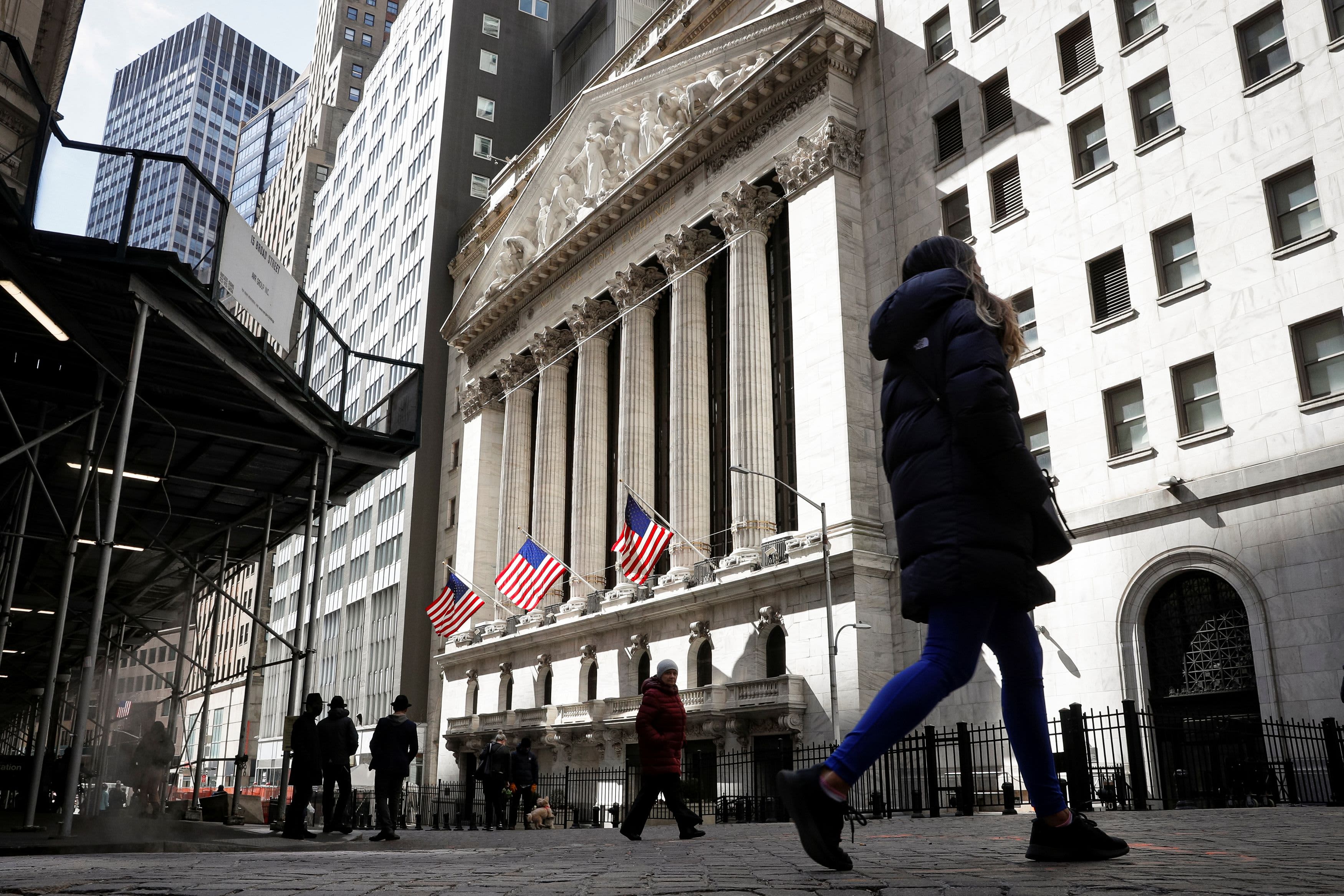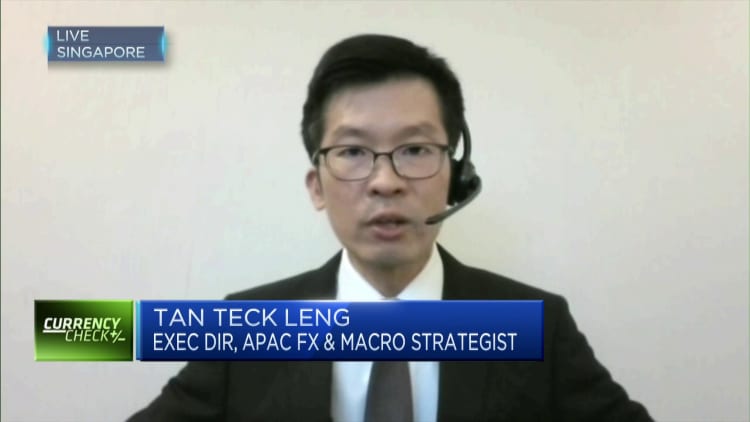
The world economy may be facing conditions seen during the 1997 Asian Financial Crisis — aggressive U.S. interest rate hikes and a strengthening U.S. dollar.
But history is unlikely to be repeated, analysts said, though they caution that some economies in the region are particularly vulnerable to currency devaluations reminiscent of the time.
related investing news
On Wednesday, the U.S. Fed Reserve made another interest rate hike of 75 basis points.
The last time the U.S. pushed up interest rates this aggressively in the 1990s, capital fled from emerging Asia into the United States. The Thai baht and other Asian currencies collapsed, triggering the Asian Financial Crisis and leading to slumps in stock markets.
This time, however, the foundations of emerging Asian markets — which have evolved into more mature economies 25 years on — are healthier and better able to withstand pressures on foreign exchange rates, analysts said.
For instance, because there are fewer foreign holdings of local assets in Asia, any capital flights would inflict less financial pain this time around, UBS Global Wealth Management executive director for Asia-Pacific FX and macro strategist, Tan Teck Leng, told CNBC’s “Squawk Box Asia” on Thursday.
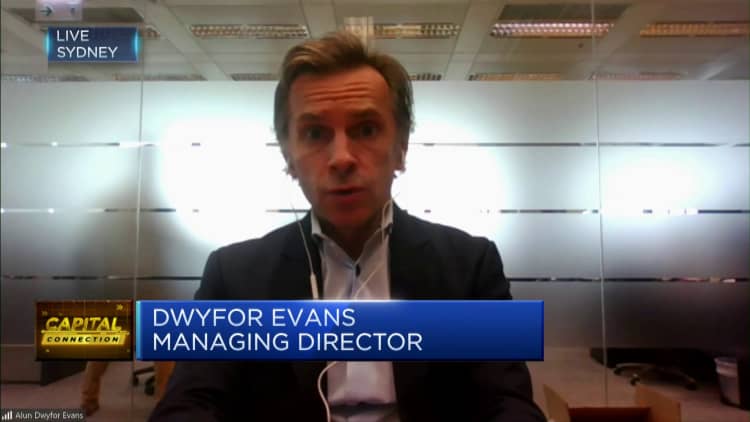
“I think this brings back memories of the Asian Financial Crisis but for one, the exchange rate regime has been a lot more flexible in today’s context, compared to back then,” he said.
“And just in terms of the foreign holdings of the local assets, I think that there is also the sense that the holdings are not elevated.”
“So, I don’t think we’re on the cusp of an outright currency collapse.”
“But I think a lot depends on when the Fed had reached an inflection point.”
Asia’s most vulnerable
Tan said, however, that among the riskier currencies, the Filipino peso was one of the most vulnerable, given the Philippines’ weak current account.
“And I think the battle lines in Asian currencies is really drawn along the lines of — against the backdrop of higher U.S. rates — the external financing gaps to the likes of Philippines and India, Thailand. These would actually be the currencies that are most prone to near-term weakness within Asia.”
The present episode is not comparable with the carnage that they faced during the Asian crisis
Manishi Raychaudhuri
BNP Paribas strategist
On Thursday, however, the central bank of the Philippines also raised its main policy rate by a further 50 basis points and signaled it would implement further hikes down the track. Reducing currency disparity with the U.S. dollar reduces the risks of capital flights and foreign exchange rate collapses.
In contrast, economies with more accommodative monetary policies — that is, those that aren’t hiking interest rates in tandem with the U.S. — such as Japan, may also risk further weakening of their currencies, said Louis Kuijs, chief economist for Asia-Pacific at S&P Global Ratings.
He warned that downward pressures on Asian currencies may rise, especially in light of expectations that the Fed will continue to hike rates well into the first half of 2023. Nevertheless, he, too, does not anticipate another Asian Financial Crisis.
A ‘healthier’ Asia
“Fortunately, Asian emerging markets policy regimes are stronger now and policymakers better prepared. Central banks have much more flexible exchange rate regimes now,” he told CNBC.
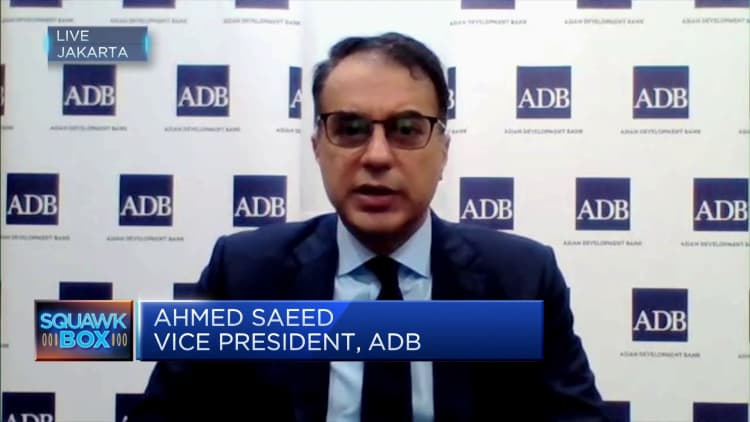
“They largely let exchange rates absorb the external pressure, rather than supporting the currency by selling FX reserves.”
“Also, Asian [emerging market] governments have pursued more cautious macroeconomic policies in recent years than before the 1997 crisis.”
Manishi Raychaudhuri, an Asian equity strategist at BNP Paribas, said the “present episode is not comparable with the carnage that they faced during the Asian crisis” mainly due to healthier balance sheets and larger foreign exchange reserves.
Depleted foreign reserves triggered the floating and subsequent crash of the Thai baht in the 1997 crisis.
Some Asian economies are also running balance of payment surpluses and healthier foreign reserves improved by efforts such as the Chiang Mai Initiative Multilateralization in 2010, a multilateral currency swap arrangement between ASEAN+3 members, said Bert Hofman, director of the East Asian Institute at the National University of Singapore.
Nevertheless, Vishnu Varathan, Mizuho Bank’s head of economics and strategy, said the foreign exchange turbulence for emerging Asia will remain significant and will likely cause similar distresses like those of the 2013 taper tantrum — when the market reacted strongly to the Fed’s attempt to slow quantitative easing through bond and stock sell-offs.
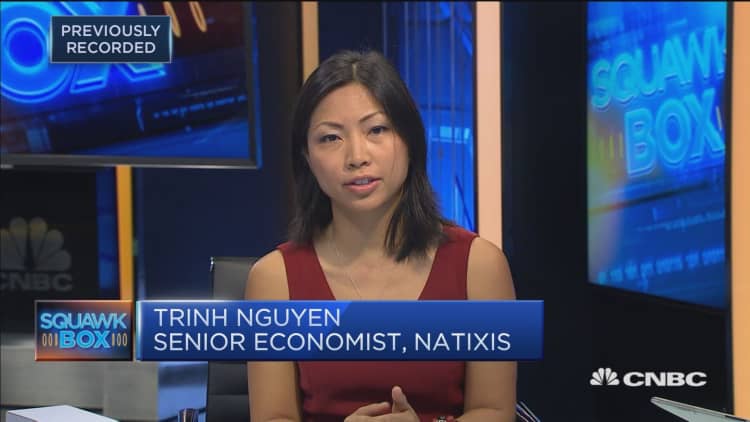
“Panic about an impending financial crisis, and attendant collapse in Asian emerging markets foreign exchange is arguably overblown … but that said, the threat of persistent FX turbulence is not obviated either,” he said.
“So, further downside foreign exchange risks cannot be carelessly dismissed on “this time, it is different” refrain.”
Chinese yuan
Despite the jitters, there are positives for markets.
The Chinese yuan, for instance, is showing resilience, said Dwyfor Evans, State Street Global Markets head of Asia-Pacific macro strategy.
“A lot has been spoken about the weakness of the Chinese yuan but in actual fact, when you look at the Chinese yuan relative to other regional currencies, actually, China has held up relatively well,” Evans told CNBC’s “Capital Connection” on Thursday.
“So, it’s a very stable currency relative to the basket.”
He added that the slowdown in China could, however, heighten capital flows in and out of the country, and that could have a more significant impact on the Chinese yuan down the track.


